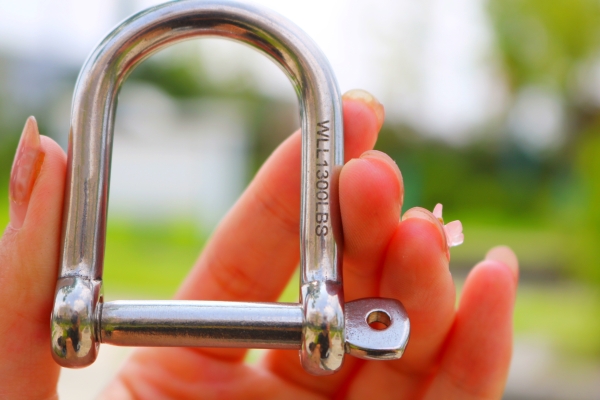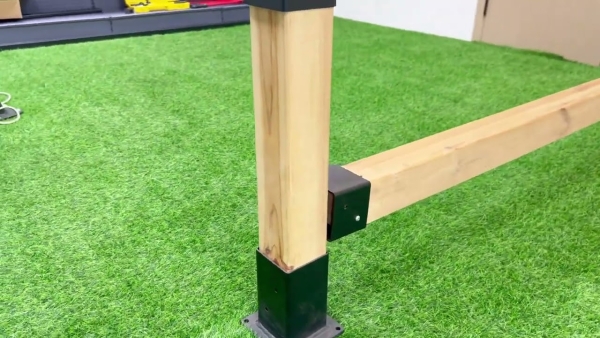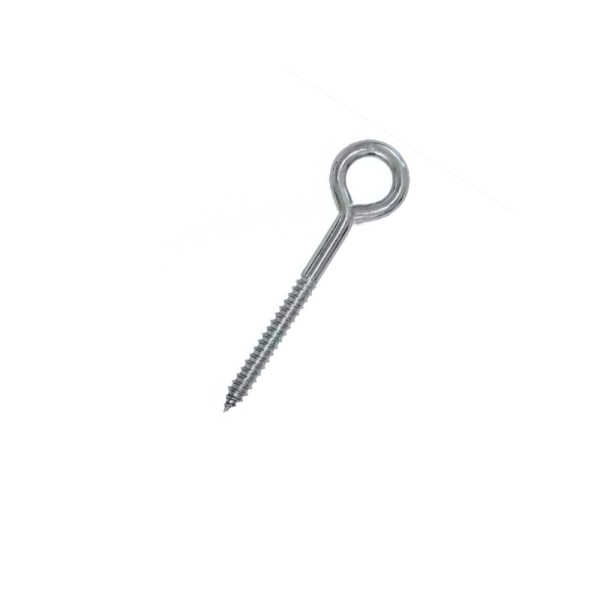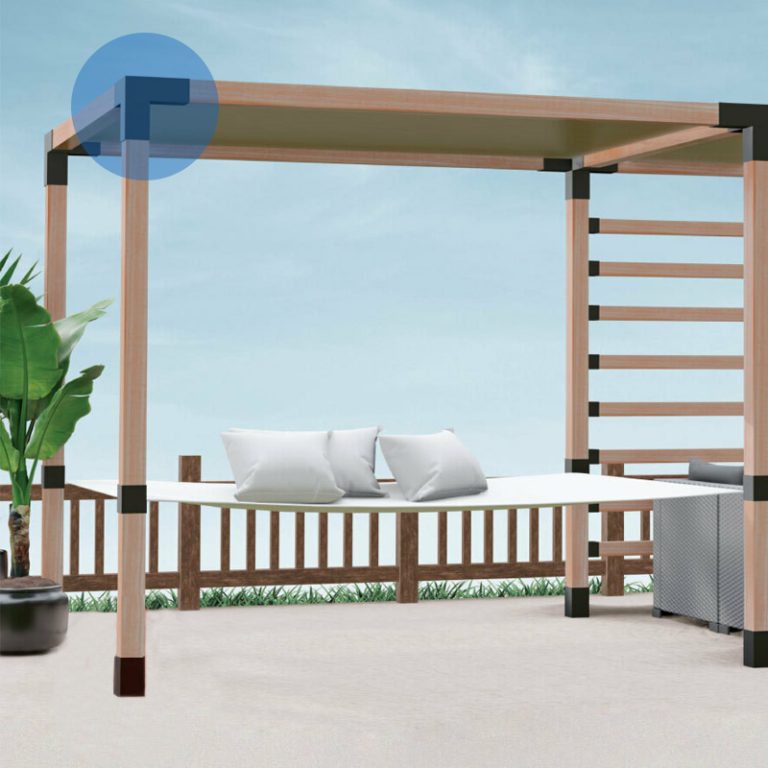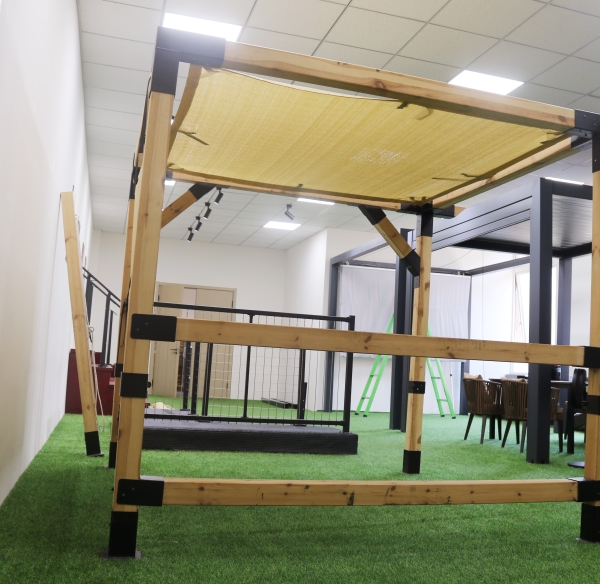Table of Contents
Benefits of Choosing Stainless Steel Low Flat Cleats for Marine Applications
Stainless steel low flat cleats are a popular choice for marine applications due to their durability, corrosion resistance, and aesthetic appeal. These cleats are designed to securely fasten ropes and lines to boats, docks, and other marine structures, providing a reliable and safe mooring solution. In this article, we will explore the benefits of choosing stainless steel low flat cleats for marine applications.
One of the key advantages of stainless steel low flat cleats is their exceptional durability. Stainless steel is a strong and robust material that can withstand harsh marine environments, including exposure to saltwater, UV radiation, and extreme weather conditions. This durability ensures that stainless steel cleats will remain in good condition for many years, reducing the need for frequent maintenance and replacement.
In addition to their durability, stainless steel low flat cleats are highly resistant to corrosion. Corrosion is a common issue in marine environments, where exposure to saltwater can cause metal components to rust and deteriorate over time. Stainless steel, however, contains chromium, which forms a protective oxide layer on the surface of the metal, preventing corrosion and ensuring long-term performance.
Another benefit of stainless steel low flat cleats is their aesthetic appeal. Stainless steel has a sleek and modern appearance that complements the design of boats and marine structures. The polished finish of stainless steel cleats adds a touch of elegance to any vessel, enhancing its overall aesthetic appeal.
Furthermore, stainless steel low flat cleats are easy to install and maintain. These cleats can be securely fastened to boats, docks, and other marine structures using simple tools and techniques. Once installed, stainless steel cleats require minimal maintenance, as they are resistant to rust, corrosion, and fading. Regular cleaning with soap and water is usually sufficient to keep stainless steel cleats looking their best.
In addition to their durability, corrosion resistance, and aesthetic appeal, stainless steel low flat cleats offer excellent performance in mooring applications. These cleats provide a secure and reliable attachment point for ropes and lines, ensuring that boats remain safely moored in place. The low flat design of stainless steel cleats minimizes the risk of tripping hazards and snagging, making them ideal for use in high-traffic areas.
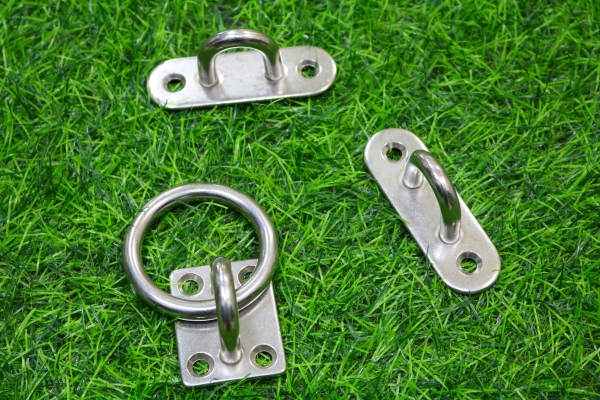
Overall, choosing stainless steel low flat cleats for marine applications offers a range of benefits, including durability, corrosion resistance, aesthetic appeal, ease of installation and maintenance, and excellent performance in mooring applications. These cleats are a reliable and long-lasting mooring solution that can enhance the safety and functionality of boats, docks, and other marine structures.
In conclusion, stainless steel low flat cleats are an excellent choice for marine applications due to their many advantages. By choosing stainless steel cleats, boat owners can enjoy the benefits of durability, corrosion resistance, aesthetic appeal, ease of installation and maintenance, and excellent performance in mooring applications. Stainless steel cleats are a reliable and long-lasting mooring solution that can enhance the safety and functionality of boats and marine structures.
How to Properly Maintain Stainless Steel Low Flat Cleats for Longevity
Stainless steel low flat cleats are a popular choice for many industries due to their durability, strength, and resistance to corrosion. However, like any other material, stainless steel cleats require proper maintenance to ensure their longevity and performance. In this article, we will discuss how to properly maintain stainless steel low flat cleats to maximize their lifespan and efficiency.
One of the most important aspects of maintaining stainless steel cleats is regular cleaning. Stainless steel is known for its resistance to corrosion, but it can still accumulate dirt, grime, and other contaminants over time. To clean stainless steel cleats, simply use a mild detergent or soap and warm water to remove any dirt or debris. Avoid using abrasive cleaners or scrubbing pads, as they can scratch the surface of the stainless steel and compromise its corrosion resistance.
After cleaning, it is important to thoroughly dry the stainless steel cleats to prevent water spots and corrosion. Use a clean, dry cloth to wipe down the cleats and ensure that they are completely dry before reinstalling them. Additionally, applying a thin layer of stainless steel polish can help protect the surface of the cleats and maintain their shine.
In addition to regular cleaning, it is important to inspect stainless steel cleats for any signs of damage or wear. Check for any loose screws or bolts, as well as any signs of rust or corrosion. If any damage is found, it is important to address it promptly to prevent further deterioration of the cleats. Replace any damaged or worn components as needed to ensure the continued performance of the cleats.
Another important aspect of maintaining stainless steel cleats is proper storage. When not in use, store stainless steel cleats in a dry, well-ventilated area to prevent moisture buildup and corrosion. Avoid storing cleats in areas with high humidity or temperature fluctuations, as these conditions can accelerate corrosion and deterioration of the stainless steel.
In conclusion, proper maintenance is essential for maximizing the longevity and performance of stainless steel low flat cleats. Regular cleaning, inspection, and storage are key components of a comprehensive maintenance plan for stainless steel cleats. By following these guidelines, you can ensure that your stainless steel cleats remain in optimal condition for years to come. Remember to always use caution when handling stainless steel cleats and follow manufacturer recommendations for maintenance and care. With proper maintenance, your stainless steel cleats will continue to provide reliable performance and durability for your applications.

